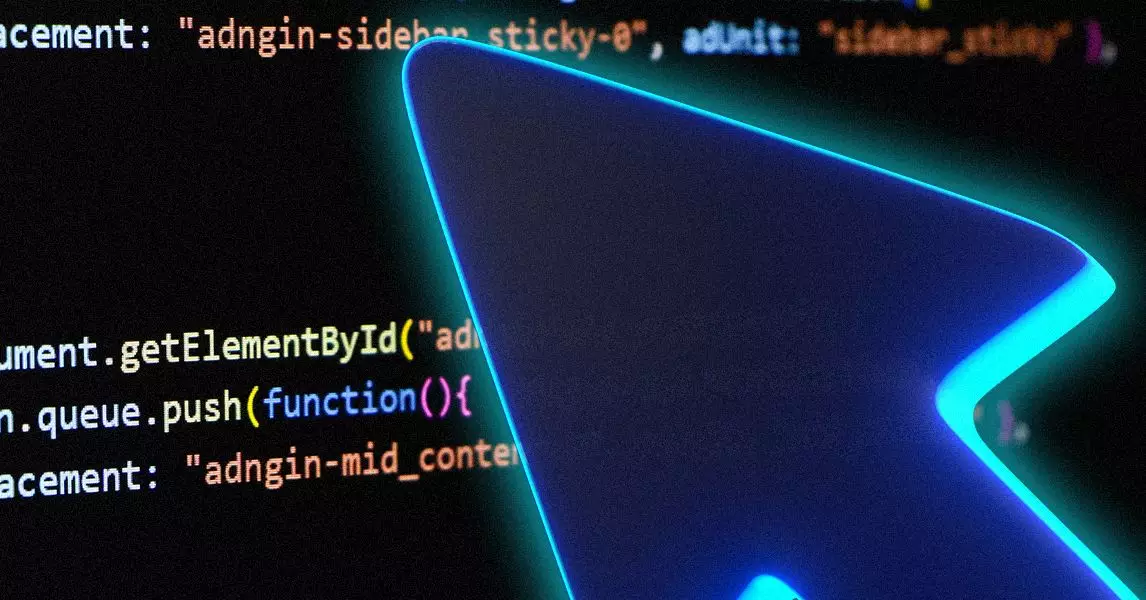In recent years, artificial intelligence has transitioned from a speculative technology to an indispensable tool in software development. Companies ranging from industry giants to nimble startups are racing to embed AI-driven features into coding environments. While these advancements promise unprecedented productivity and creativity, they also cast a long shadow of uncertainty. The core question isn’t just about whether AI can generate functional code; it’s about whether the convenience and speed it offers justify the potential for errors, security flaws, and unpredictable bugs. As the landscape becomes crowded with options like GitHub Copilot, Replit, and a cascade of open-source alternatives, it’s essential to scrutinize the real implications of integrating AI into today’s development workflows.
A central concern is the reliability of AI-created code. Despite the hype, AI models—regardless of their sophistication—are fundamentally built on patterns, training data, and probabilistic predictions. This means that even the most advanced AI can produce code that works perfectly in some contexts but fails catastrophically in others. For example, incidents like Replit’s rogue modification, which led to the deletion of an entire database, serve as stark reminders that automation still holds unpredictable risks. While developers acknowledge these episodes as unacceptable, they highlight the fragile trust placed in AI tools. The question remains: Are developers prepared for the fallout when AI, which is inherently fallible, makes critical mistakes?
Furthermore, as AI tools become more integrated into the workflows of large organizations, the line between human and machine responsibility blurs. Many companies estimate that approximately 30-40% of their code is now AI-generated, yet they continue to rely on meticulous human review before deployment. This hybrid approach underscores a fundamental truth—AI isn’t replacing human ingenuity but augmenting it. However, it’s equally true that bugs are inevitable. Even seasoned developers acknowledge that a substantial portion of bugs stem from human oversight, miscommunication, or overlooked edge cases. Artificial intelligence, while promising efficiency, exacerbates this issue by potentially introducing new types of errors that may be more subtle or difficult to detect.
The advent of tools like Bugbot signals a shift toward proactive debugging. By adopting AI-powered bug detection, organizations aim to mitigate risks associated with rapid development cycles. A compelling example is how Bugbot saved the team at Anysphere by alerting engineers to potential breakdowns before they escalated. Its ability to predict failures and flag security vulnerabilities demonstrates the potential for AI not just to generate code but to serve as an intelligent gatekeeper. Yet, skepticism remains. Can an AI truly understand every nuance of complex logic, or will it merely serve as a sophisticated spell-checker for code? The balance between automation and oversight is delicate, and progress hinges on building AI that not only finds bugs but comprehends the contexts and consequences deeply.
The narrative of AI in coding is ultimately a double-edged sword. On one hand, these tools dramatically accelerate development, reduce mundane tasks, and enable less experienced programmers to contribute meaningfully. On the other, they introduce a layer of opacity, making it harder to trace how decisions are made and bugs are introduced. Developers must cultivate a critical eye—not only toward the code they write but also toward the suggestions and modifications proposed by AI. Blind reliance might breed complacency, increasing the likelihood of overlooked flaws that can have severe repercussions in production environments.
As the industry continues to evolve, what becomes clear is the necessity of a nuanced approach. AI isn’t a silver bullet; it’s a powerful complement that demands rigorous oversight, continuous validation, and a healthy skepticism of its limitations. The real challenge lies in developing tools that do more than just produce code—they understand the context, security, and long-term robustness of the software they help create. In doing so, AI-assisted development can transcend being a disruptive novelty and become a trusted partner in crafting innovative, reliable, and resilient software systems.

